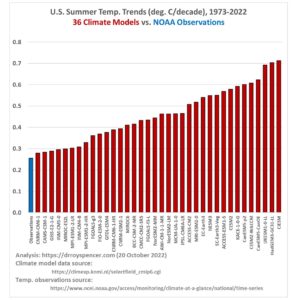by P. Driessen, Nov 03, 2025 in ClimateChangeDispatch

You’d be crazy to buy a car based on its shiny exterior, dazzling instruments, and gorgeous leather interior – but without examining the engine or taking a test drive.
And yet that’s how America has handled the metals and minerals that are vital to our defense, medical, communication, automotive, aerospace, lasers, computer/AI/data centers, and every other sector of our economy. [emphasis, links added]
They’re worth multi-trillions of dollars and are the foundation for jobs, living standards, national security, “green” energy, and more.
In the Stone Age, humans relied on flint and obsidian. The Bronze Age utilized copper, tin, and lead, plus gold and silver. The Iron Age prioritized iron and carbon. Today, we need almost every element in the Periodic Table, plus countless non-metallic minerals.
However, without any attempt to determine what deposits might lie beneath, decision-makers have made hundreds of millions of acres of America’s “public lands” off limits to exploration and mining, primarily in Alaska and the eleven states west of the Dakotas.
They’re managed by federal agencies for nearly every activity and value except potential subsurface treasures.
In fact, well over two-thirds of those lands have been effectively placed under lock and key: an area larger than Arizona, Colorado, Montana, New Mexico, Utah, and Wyoming combined!
Of course, some places are so unique, magnificent, or ecologically priceless that they should be off limits to resource extraction – from Arches to Zion National Park. But America cannot afford wide buffer zones around them, much less buffer zones around the buffer zones.
Moreover, countless other areas have also been closed off – some by acts of Congress, others by presidential or bureaucratic decree, or unending wilderness and wildlife studies. All with virtually no consideration of subsurface values.
…













